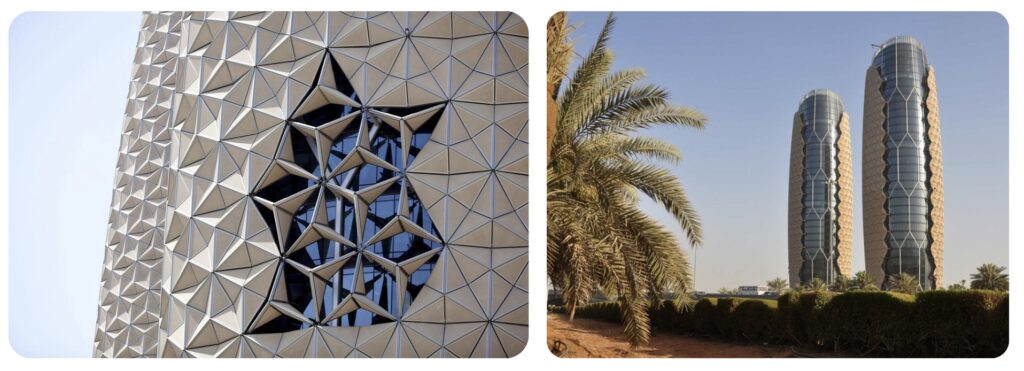Introduction
The architectural profession is on the cusp of taking a revolutionary turn with the emergence of AI that is rapidly gaining momentum, but, in the midst of potentially great deviations that will come along not because of the involvement of AI in the architectural design, there exists certain downsides to it that must be well considered. This essay shows how architecture has been negatively influencers Through: design homogeneity, certain joblessness, invasion of privacy and environmental pollution and inhuman in a building.
AI: Present and Future
Automatically, in the years to come, Artificial Intelligence will develop to create building designs and make architects obsolete. It could transform the industry if AI makes designs quicker and with more precision thus making conventional architects irrelevant. It is far-reaching with regard to the future of the profession. Traditional methods where human creativity and intuition drive the design may lose out to AI data-crunching and optimization skills. Architects could become managers or consultants involved in the activity of instructing AIs. But this transition is linked to a lot of ethical issues like job loss, along with altering education and training, and uniform design risks. This would create lesser individualized creative expressions due to increased uniformity of the architectural landscapes due to AI. Though AI meant efficiency and accuracy for which the profession must adjust its behaviors amalgamating new technologies with cultural attributes which shall always be relevant for architectural innovation and creativities at the same time must hold the human elements as well. What is necessary to create the successful architecture Integrated tomorrow is balance of power between the AI prowess against irreducible efforts being made by the human architects.
AI technology has thus become a trend that is influential, causing disruption in the practice of architecture, which introduces many approaches to design and decision making founded on quantifiable outcomes. Other than the potential to drive efficiency and precision in processes undertaken by architects, it also opens doors to creativity. Humans may not always be best positioned for repetitive tasks, however, compared to machines that tirelessly carry them out without any comments. Such a role is increasingly occupied by AI as architects can now concentrate on more creative facets of their projects instead of engaging in difficult laborious works.
But will robots and AI truly eliminate jobs in architecture? This is a hotly debated topic where some people view it as beneficial while others look at the drawbacks. Nonetheless, positively considered, AI actually stimulates development within the market for architectural jobs encouraging architects to learn new skills crucial for surviving through rapid technological advancement. The issue is whether architects will stop working completely or they will continue but with augmented support from AI.
Case Study: The AI-driven Design of the Al Bahar Towers, Abu Dhabi
The Al Bahar Towers, in Abu Dhabi showcase design that integrates AI technology for adaptable building facades. This initiative combines environmental considerations by implementing a sensor network drawing inspiration from traditional Islamic architecture and the natural adaptation of native plants to extreme weather conditions. By utilizing algorithmic design techniques this endeavour harmonizes cutting edge technology with heritage setting a new standard for tall building construction, in the area.

Case Study: The AI-driven Design of the Al Bahar Towers, Abu Dhabi
AI in Creating Adaptive Facades
The façade structures of Al Bahar Towers have a “mashrabiya” design, which is based on the tenets of Islamic architectural traditions. The dynamic facade system has 1,050 individual solar protectors per tower that open and close depending on the movement of the sun. This aspect integrates it culturally while satisfying climatic demands in this region. With computer programming, this concept was refined such that project ideals were not compromised at any one time.
Conclusion
To sum up, though AI has a great potential of making architectural design more efficient and accurate, it also poses issues that need proper attention. The possibilities of joblessness, uniformity in design, environmental abuse, privacy violation, and lack of human relationships are big questions that must be brought to mind. The architectural profession needs to adjust by accepting new technologies with the incorporation of the timeless aspects of human creativity and inventiveness long associated with architecture. There is therefore a need to strike a balance between AI capability and what human architects do as this will define the future of architecture.

